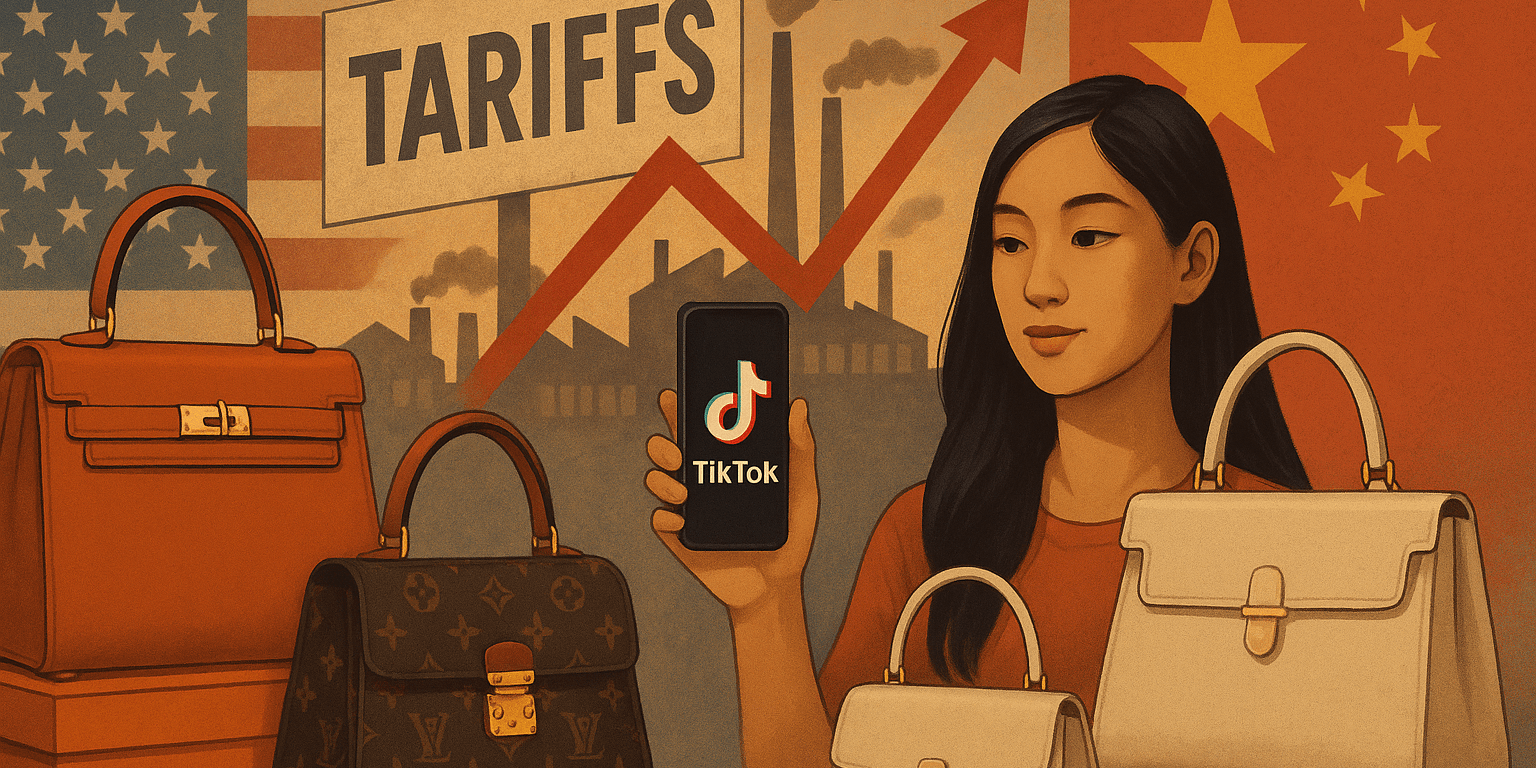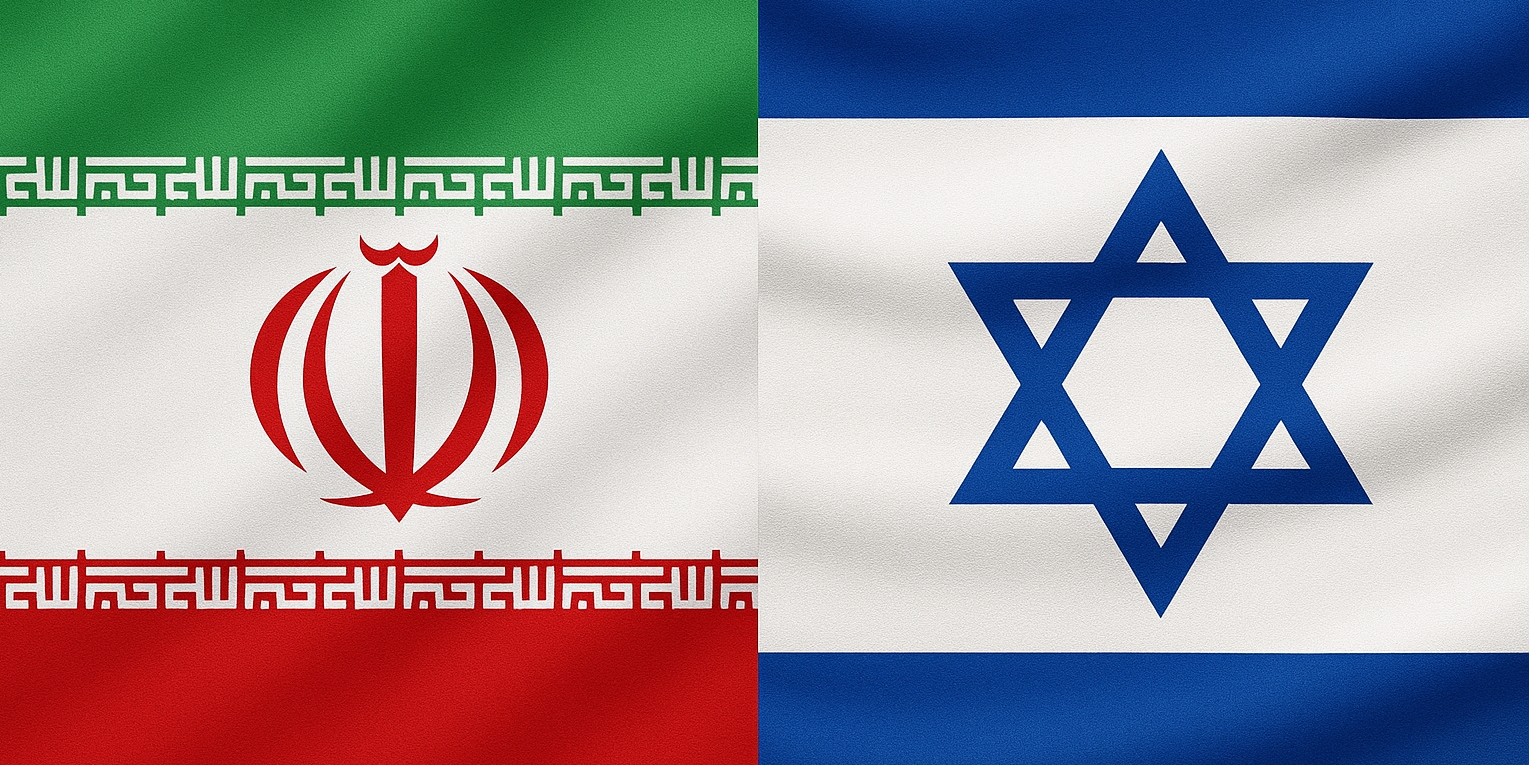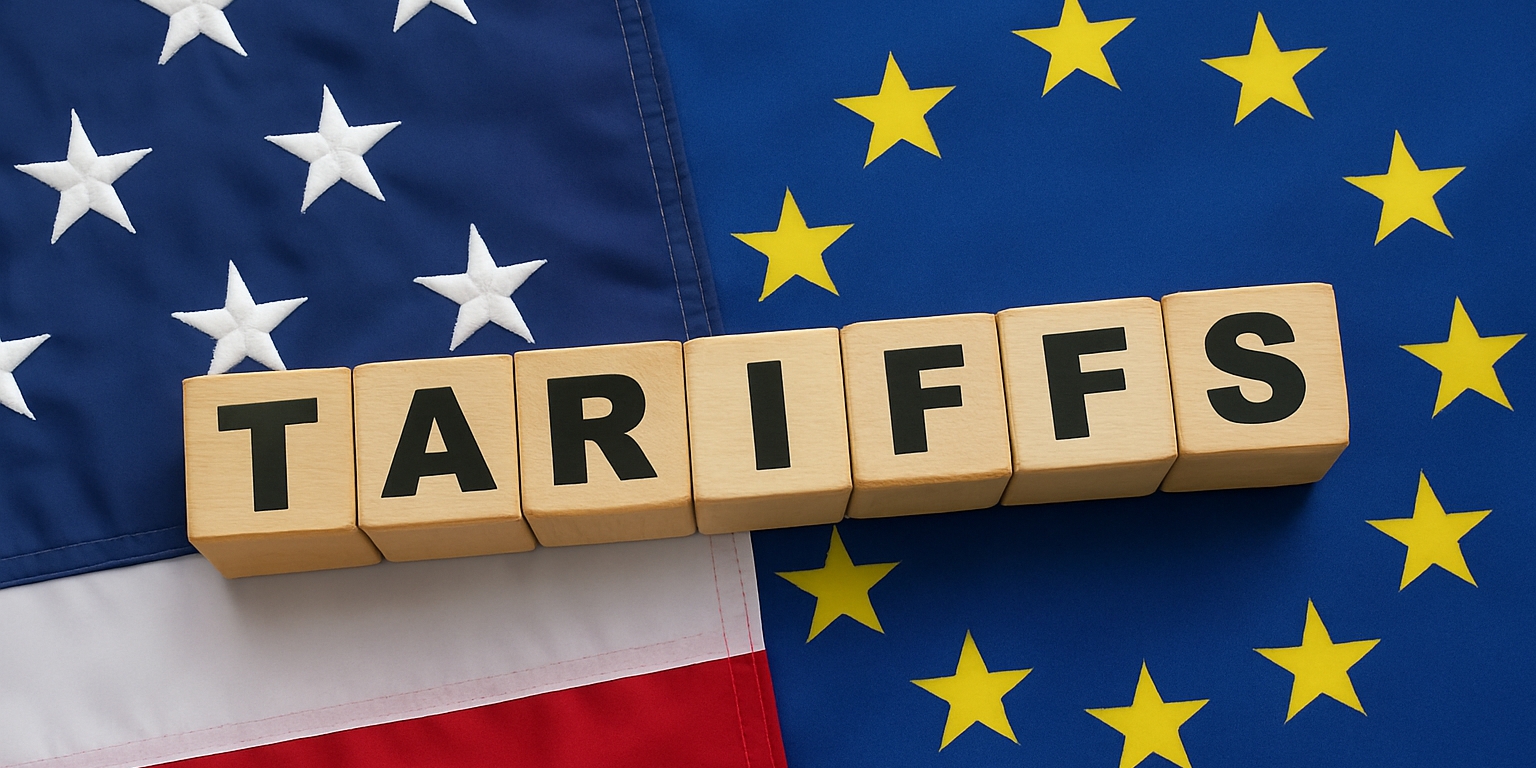In February 2025, the Trump administration imposed additional 25% tariffs on goods from Mexico and Canada and 10% on Chinese imports, citing economic protectionism and concerns over undocumented immigration. However, the move has sparked an unexpected shift in the U.S. luxury market, with Chinese manufacturers now leveraging social media platforms to sell high-end goods directly to American consumers at a fraction of designer prices.
Typically, tariffs are important macroeconomic tools that any administration may use in favor of the economy, especially if domestic industries need to be protected, but these tariffs have ulterior motives. The reasoning behind these tariffs was clearly outlined in the official White House website, citing it to be “illegal aliens”, which referred to the proportion of Mexican, Canadian, and Chinese migrants without papers residing in the United States. This is appalling language coming from the official website of a country with serious racist connotations and legal inaccuracies.
It is important to note that undocumented citizens are not “illegal” per se, as being undocumented is a civil offense that can lead to deportation and is in no way a criminal offense under US federal law itself. Also, these ‘illegal immigrants’ pay a great deal in taxes despite being undocumented, even when they pose no real need to pay taxes. Most do so in hopes of getting their legal paperwork to become American citizens. In 2022, undocumented citizens in the US paid a hefty $96.7 billion in taxes to the American government, according to the Institute on Taxation and Economic Policy. So, it is really important to understand what kind of people President Trump vilified in order to justify his controversial decisions.
The tariffs have been a deeply controversial move, as, besides sparking a tariff war, they have also been deemed unintelligent for the way they were calculated, in direct correlation with trade deficits countries had with the United States. It is common knowledge that trade deficits occur because imports are higher than exports in relation to a particular country, and that does not mean a negative thing, but in President Trump’s view, it is the proportion by which a country is ripping off America, so he calls them “reciprocal” tariffs. This kind of takes America back to the outdated mercantilist views of 16th–18th-century Europe.
The 90-day tariff break that was given to Mexico and Canada was not given to China. Moreover, the 10% additional tariff that the Trump administration had issued back in February jumped to a whopping 145% in April for Chinese goods brought to the US, due to fentanyl distribution that is claimed to be smuggled into the US but produced in China. The reality of this drug production and distribution has not yet been unearthed.
The 145% tariff has serious implications, and the Chinese government did not sit back. In retaliation, President Xi Jinping imposed a 125% tariff on American goods entering China. Additionally, the Chinese Finance Ministry said, “Even if the U.S. continues to impose higher tariffs, it will no longer make economic sense and will become a joke in the history of the world economy.”
Sheng Laiyun, deputy commissioner of the National Bureau of Statistics (NBS) said, “We firmly oppose the US practice of tariff barriers and trade bullying,” further adding, “It violates the economic laws and the principles of the World Trade Organization, has a serious impact on the world economic order, and drags down the recovery of the world economy.” So, it is clear China means business.
145% tariffs mean Chinese goods face a severe decrease in demand, negatively impacting Chinese exporters. So Chinese manufacturers have started heavily advertising their products on social media, clearly showing how the quality of their goods compares to designer brands that sell for thousands in the US. Social media platforms like X (formerly Twitter) and TikTok have been flooded with Chinese manufacturers selling these designer products without the logos, for a fraction of the price.
These manufacturers claim to be the original suppliers for name brands in the US like Birkin or Louis Vuitton, but only offer one-tenth the prices and direct shipping to US customers. One seller even said, “These are the same materials, same hands, just no logo.” The exporters are also doubling down on their offers, including free global shipping and covering import duties.
Birkin bags retail for about $34,000 in the US, with some rare variants selling for millions of dollars, but on Chinese TikTok, it is selling for $1,400. Chinese exporters are directly calling out legacy US luxury brands by exposing how they are manufactured for a fraction of their prices, essentially scamming customers into paying for their names. So, in essence, the luxury market in the US is being consequently exposed due to President Trump’s racist economic policies.
Interestingly enough, TikTok is reportedly banned in China, with the Chinese version, Douyin, being the only app available in mainland China. But with all the videos of Chinese manufacturers popping up on American TikTok users’ feeds, people are wondering if China has actually lifted its TikTok ban amidst the ongoing trade war.
TikTok is being flooded with videos of hauls of American consumers buying from these Chinese manufacturers. Videos showing extensive hauls of multiple luxury bags purchased without logos but the same quality are trending with comments buzzing with equal excitement and eagerness to know where to place their own orders. So it is clear that American users do not share President Trump’s sentiments on Chinese goods, and it looks like China might just emerge victorious from this trade fiasco.
As the trade war drags on, one thing is clear: Chinese exporters are not just surviving, they are reshaping America’s luxury landscape. Meanwhile, U.S. legacy brands and policymakers may soon be forced to rethink their strategies in a global economy that refuses to play by old rules.









